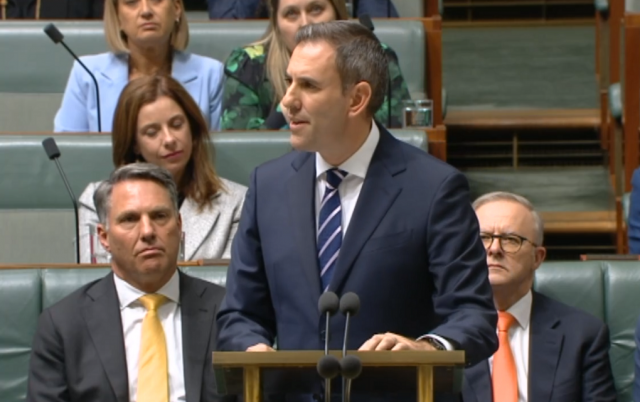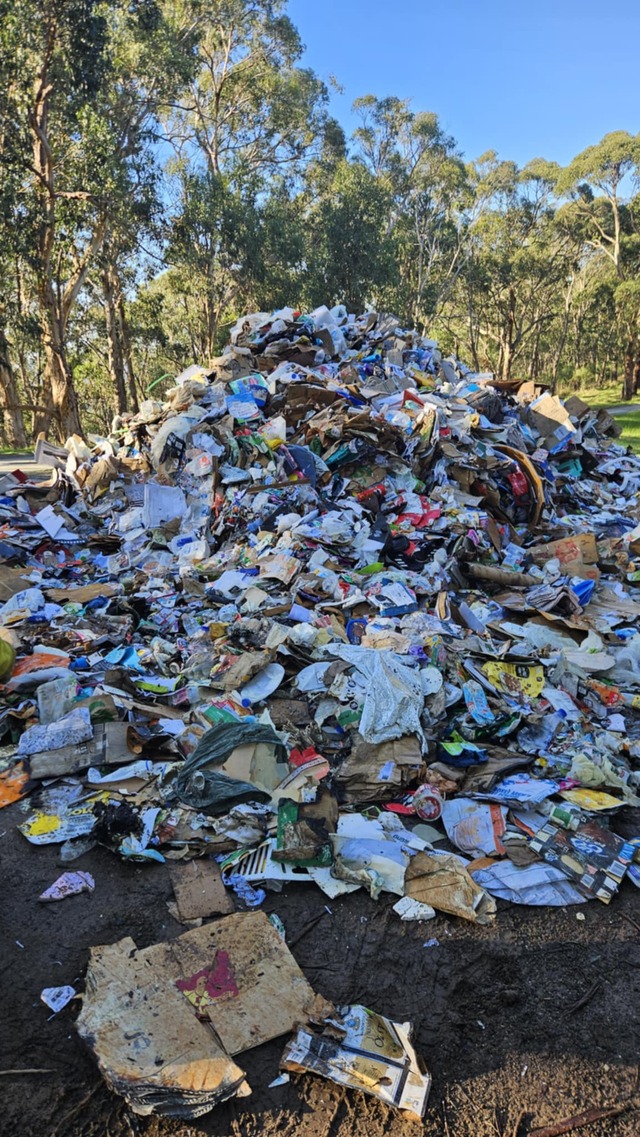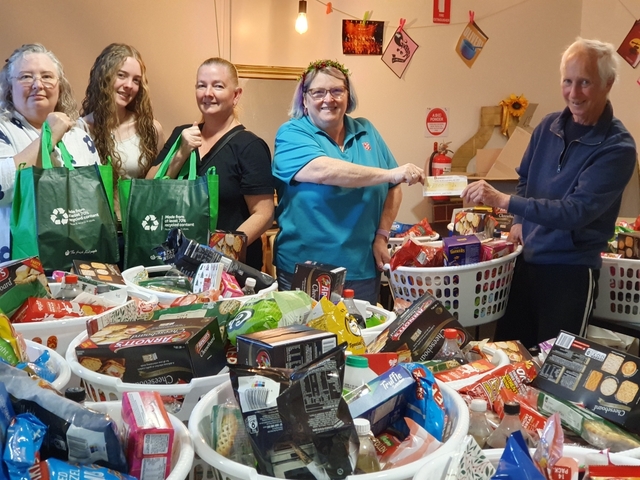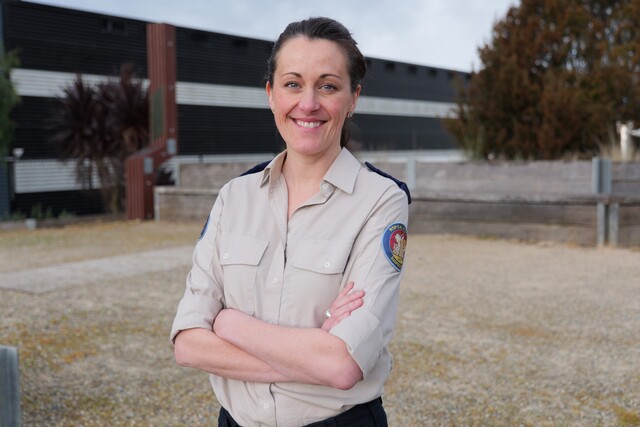The 2023/24 federal budget was just as much about making a political statement as it was about economic management.
When Treasurer Jim Chalmers handed down the budget and a forecast of a budget surplus on Tuesday 9 May, his aim — alongside providing cost-of-living relief, investing in Medicare and “laying the foundations for growth” —was to dispel the myth that the Labor party is inferior at economic management compared to the Coalition opposition.
In his speech to Parliament, Mr Chalmers said the budget aims to make Australia more resilient and more secure in uncertain times.
“Fundamental to this is our responsible economic management and our efforts to the budget on a stronger foundation,” he said.
“We are now forecasting a small surplus in 2022-23, which would be the first in 15 years.”
While the Liberal-National government forecasted a surplus in 2019/20, it was never realised due to increased spending throughout the Covid-19 pandemic.
The last time a surplus was achieved was in 2008 when the Rudd government delivered an underlying cash surplus of $19.7 billion.
Mr Chalmers said the global economy is slowing due to persistent inflation, higher interest rates and financial sector strains.
“Outside of the pandemic and the Global Financial Crisis, the next two years are expected to be the weakest for global growth in over two decades. This will affect us here in Australia,” he said.
“This budget is carefully calibrated to alleviate inflationary pressures not add to them.”
The budget includes a $14.6 billion plan to address the cost of living — “we understand Australians are under the pump right now,” Mr Chalmers said — which includes $3 billion in energy bill relief to eligible households and small businesses co-funded with state governments, a $40 a fortnight increase for Jobseeker, Youth Allowance, Austudy and other support payments, and an increase to rent assistance by 15 per cent.
Mr Chalmers said one of the things that makes Australia the best country in the world is the “shared belief that every Australian should be able to access affordable, reliable healthcare.”
“Right now, too many people are finding it more and more difficult to see a doctor,” he said.
“The costs are too high, the wait times are too long and the consultation is too short.”
The budget allocated funding for eight new Urgent Care Clinics and $3.5 billion for GPs to provide free consultations to children, pensioners and other concession card holders, a cohort of 11.6 million Australians.
Mr Chalmers said while investing in Medicare and helping those most in need are essential measures to assist Australians under pressure, the best long-term guarantee of rising living standards, stronger wages and a better quality of life is a growing and productive economy.
“Our budget is underpinned by a plan to modernise our and maximise our strengths,” Mr Chalmers said.
“Australia’s biggest opportunity for growth and prosperity is the global shift to clean energy.”
$2 billion is being allocated to a new Hydrogen Headstart program, “so Australia can be a world leader in producing and exporting hydrogen power.”
$40 billion is being allocated to renewable energy, including $15 billion for the National Reconstruction Fund, which aims to support the development of green industries and manufacturing.







